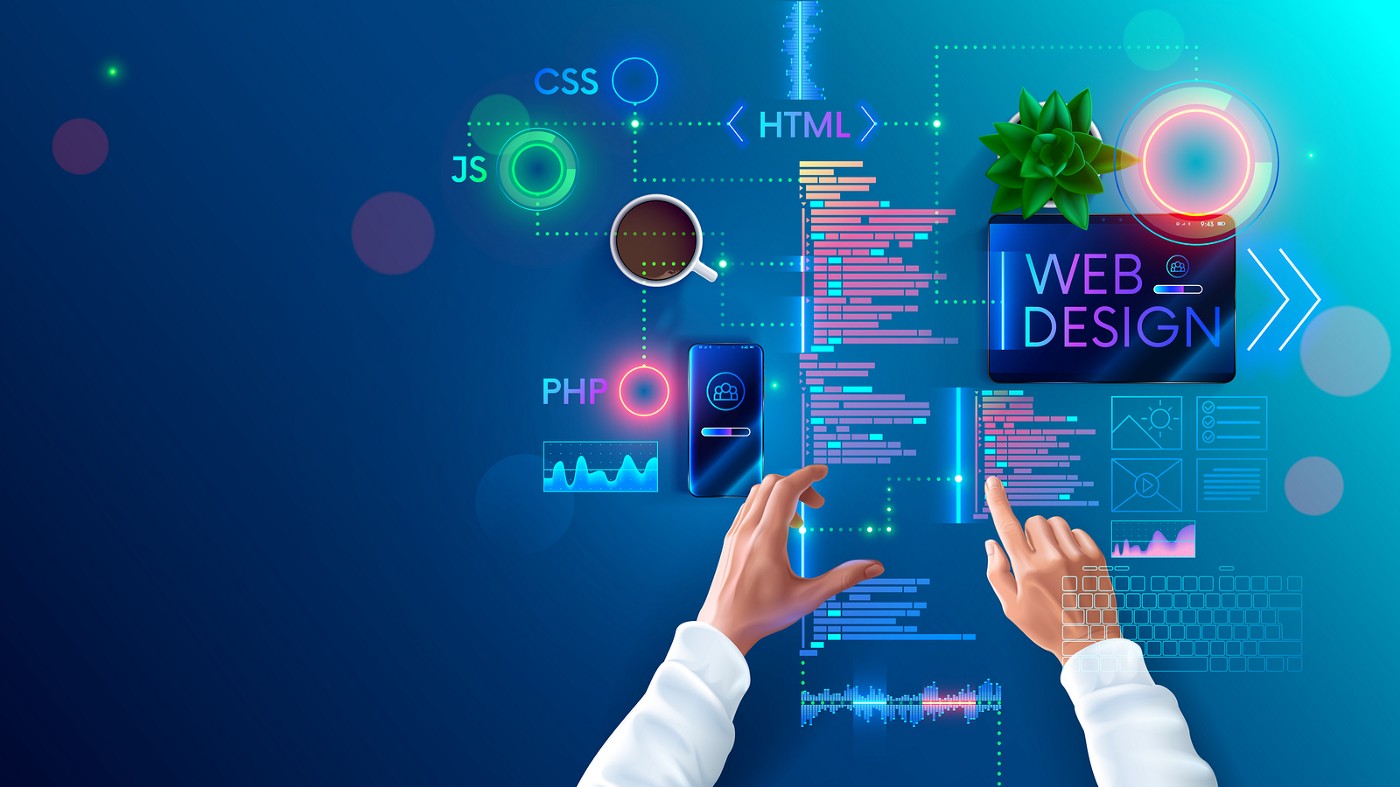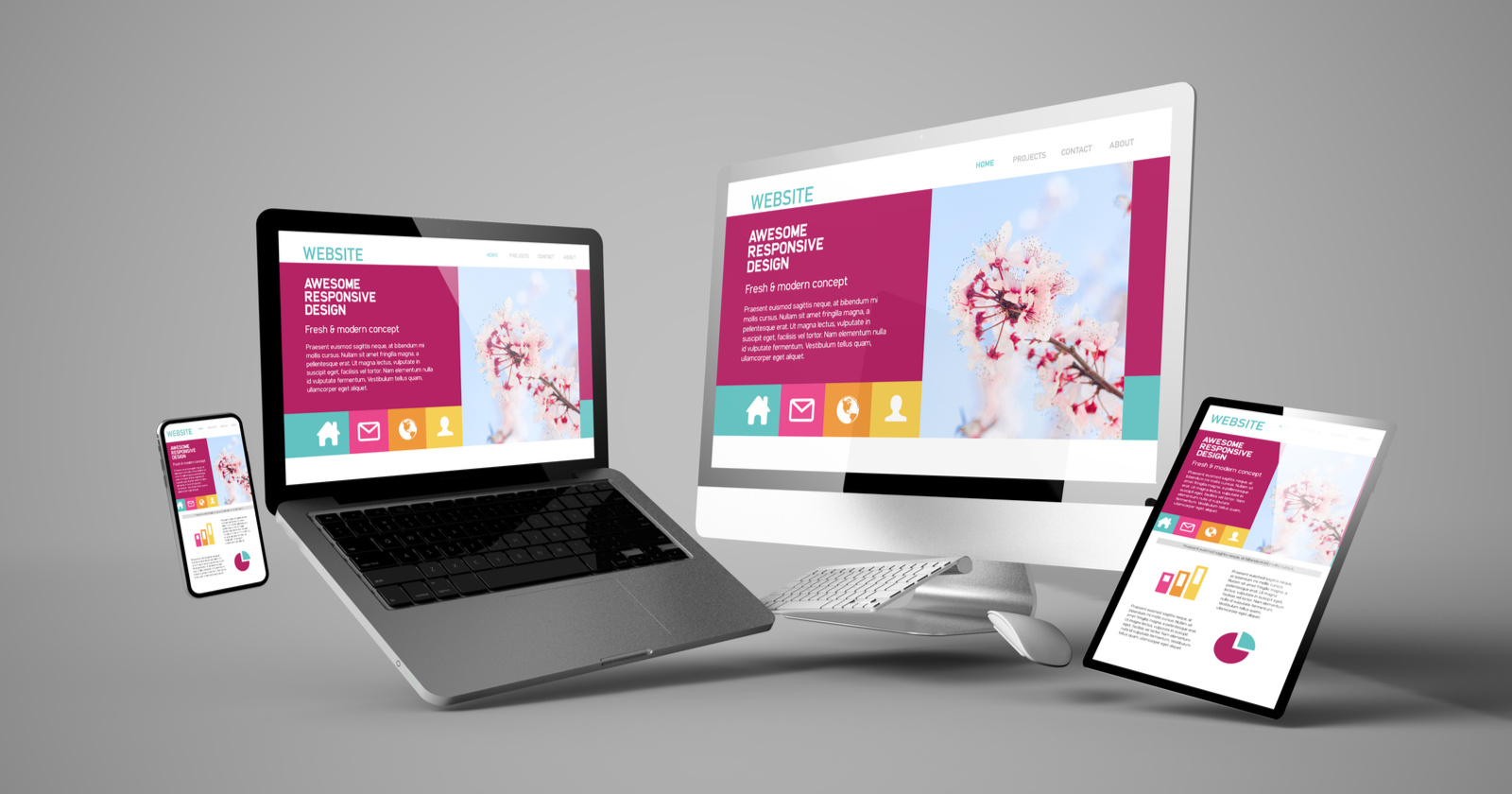Aligned Position Web Design: Perfectly Designed Websites to Capture Your Audience’s Attention
The Most Effective Types of Web Design to Improve User Experience and Interaction
In the ever-evolving landscape of digital interaction, the effectiveness of website design substantially influences customer experience and interaction. Different design approaches, such as minimalist, receptive, and interactive layouts, each offer one-of-a-kind benefits that can accommodate diverse individual requirements. Comprehending which kinds of website design ideal offer these goals can be crucial for organizations intending to boost consumer fulfillment and retention. The inquiry continues to be: which layout aspects truly reverberate with individuals and foster significant engagement? The exploration of these principles discloses essential understandings that might redefine your method to Web design.
Minimalist Web Layout
As digital landscapes become increasingly messy, minimalist website design has actually arised as a powerful strategy to enhancing customer experience. This layout viewpoint prioritizes simplicity, concentrating on vital components while eliminating unnecessary disturbances. By making use of enough white area, uncomplicated navigation, and a restricted shade scheme, minimalist style fosters clarity and guides customer interest to key web content.
The core concept of minimal Web layout is to create a seamless interaction for customers. By lowering cognitive tons, customers can swiftly comprehend info without really feeling bewildered. This straight approach not only enhances use but likewise motivates interaction, as visitors are most likely to check out a site that is visually enticing and easy to browse.
Furthermore, minimalist style commonly highlights typography and images, utilizing these aspects tactically to share messages efficiently. In significance, minimalist Web style is not just a pattern; it is a thoughtful technique that acknowledges the importance of user-centered layout.
Receptive Web Layout
In today's varied digital setting, receptive website design has come to be important for creating a smooth customer experience across a wide variety of gadgets. As individuals gain access to sites on smartphones, laptops, tablet computers, and desktop computers, the capability of a website to adjust its layout and material to different display sizes and resolutions is essential.
Responsive website design uses versatile grids, pictures, and CSS media questions to make sure that Web content exists optimally, no matter the device utilized. This strategy not only boosts the aesthetic charm of an internet site but likewise significantly improves use. Customers are most likely to involve with a website that provides a constant experience, as it eliminates the stress of needing to zoom in or scroll exceedingly.
Furthermore, online search engine, consisting of Google, prioritize mobile-friendly web sites in search positions. By embracing responsive layout, organizations can enhance their exposure and reach a more comprehensive target market. This strategy also simplifies website maintenance, as a solitary variation of the website can satisfy all gadgets, reducing the requirement for numerous versions. In recap, receptive Web layout is a fundamental practice that enhances customer experience, involvement, and overall satisfaction.
Interactive Website Design
Responsive Web style prepares for improving individual experience, yet interactive website design takes this a step better by engaging customers in an extra dynamic way - Aligned Position Web Design. By including more elements such as animations, clickable models, and real-time feedback, interactive website design captivates individuals, attracting them into a richer surfing experience
This technique not only promotes interaction however additionally urges users to explore content actively instead than passively consuming it. Methods such as gamification, where customers earn incentives for finishing jobs, can substantially boost the moment invested in a website and improve overall satisfaction. Furthermore, interactive attributes can streamline intricate info, making it a lot more digestible and enjoyable.

Including interactive style components can also lead to greater conversion prices, as users are most likely to engage with a site that actively involves them. Aligned Position Web Design. Ultimately, interactive Web layout transforms user experiences into memorable trips, making sure that visitors return time and again
Apartment Style
Identified by its minimalistic method, level style stresses simpleness and functionality, removing unnecessary elements and focusing on vital functions. This layout approach prioritizes use, making certain that individuals can navigate interfaces effortlessly and effectiveness. By using a clean aesthetic, flat style eliminates the mess frequently discovered in a lot more ornate designs, thus enhancing individual emphasis on content and functionality.
The characteristic of flat design depends on its use vibrant colors, simple typography, and geometric forms. These elements add to an aesthetically enticing interface that is both contemporary and approachable. Additionally, flat style cultivates a feeling of clarity, permitting users to determine essential actions and information without disturbance.
Moreover, flat style is specifically reliable in receptive Web design, as its simpleness equates well throughout various devices and display dimensions. By concentrating on essential features, level design not only meets user requirements yet also motivates seamless interaction, making it a vital part of reliable Web layout techniques.
Flexible Website Design
Adaptive website design personalizes the user experience by creating several repaired layouts customized to various screen dimensions and tools. Unlike responsive style, which fluidly changes a single design, adaptive design employs distinct layouts for certain breakpoints, guaranteeing ideal discussion on different systems. This strategy permits developers to concentrate on the special features of each gadget, improving functionality by supplying exactly what customers require based upon their context.
One of the main benefits of flexible Web layout is its capability to maximize lots times and performance. By offering tailored material and photos that fit the customer's device, web sites can reduce information use and improve loading speeds. This is specifically advantageous see page for users with slower connections or limited data strategies.

Additionally, flexible style promotes a much more constant and regulated branding experience. Since designers create multiple designs, they can guarantee that the aesthetic elements line up with the brand name's identification throughout different systems - Aligned Position Web Design. This leads to a cohesive customer experience, boosting interaction and advertising individual retention
Verdict
Minimal layout cultivates clearness and emphasis, while responsive design makes certain versatility across various devices, promoting availability. Jointly, these style comes close to contribute to the creation of user-friendly environments that not only boost complete satisfaction however additionally drive higher conversion rates, underscoring their crucial significance in modern Web design techniques.

Minimal design promotes clearness and emphasis, while receptive layout makes certain adaptability across various devices, promoting availability. Collectively, these design comes close to contribute to the production of straightforward settings that not just improve satisfaction yet also drive greater conversion prices, emphasizing their vital relevance in contemporary Web design methods.